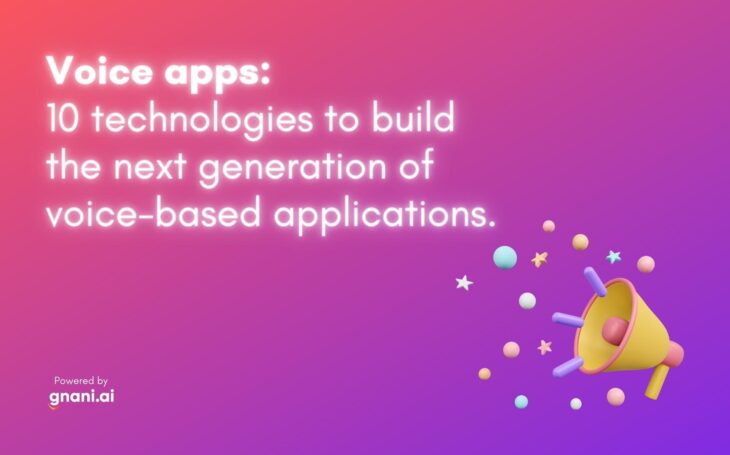
There is no doubt that voice-based applications are becoming increasingly popular. From virtual assistants to hands-free navigation, these applications are changing the way we interact with our devices. However, building a voice-based application can be a challenge. In addition to traditional text processing, developers must also design for voice input and output. To meet this challenge, a number of new technologies have been developed. These include speech recognition, natural language processing, and text-to-speech synthesis. By harnessing these technologies, developers can create applications that are more responsive to the user’s needs and better able to understand the user’s intent.
As a result, we can expect to see even more amazing voice-based applications in the future. In this blog post, we will explore three technologies that offer the potential to build sophisticated voice-based applications. We will also discuss the benefits of each technology and provide examples of how they might be used in business contexts. Read on to learn more!
Voice AI Technologies to look out for
The next generation of voice-based applications will be powered by a variety of new and emerging technologies. Here are 10 of the most important:
- Natural language processing (NLP): NLP is the key technology behind voice recognition and understanding. It enables apps to understand the user’s intent and respond accordingly.
- Machine learning: Machine learning is used to improve the accuracy of NLP algorithms. It can also be used to personalize the app experience for each user.
- Text-to-speech (TTS): TTS is used to generate synthetic speech from text. This can be used to provide verbal feedback to the user or read out loud text content such as articles or books.
- Speech recognition: Speech recognition is used to convert spoken words into text. This can be used to enable hands-free input or to transcribe speech for analysis or search.
- Voice biometrics: Voice biometrics is used to identify individuals by their unique vocal characteristics. This can be used for authentication or to provide personalized content recommendations.
- Audio processing: Audio processing technologies are used to improve the quality of audio recordings or synthesized speech. This can be used to filter out background noise or enhance the clarity of the user’s voice.
- Dialogue management: Dialog management technology is used to manage conversations between the user and the app. This can be used to support complex interactions such as customer service or booking a table at a restaurant.
- Contextual understanding: Contextual understanding enables apps to take into account the user’s current situation and context when responding to queries. This can be used to provide more relevant results or actions.
- Knowledge representation: Knowledge representation is used to store and represent information about the world in a way that can be understood by computers. This can be used to provide knowledge-based services such as search or question answering.
- Robotics: Robotics technology is used to create physically embodied agents that can interact with the user and the environment. This can be used to create human-like assistants or domestic robots.
Conclusion
The next generation of voice-based applications will be powered by a variety of new and emerging technologies. These include natural language processing, machine learning, speech recognition, text-to-speech synthesis, voice biometrics, audio processing, dialogue management, contextual understanding, knowledge representation, and robotics. By harnessing these technologies, developers can create applications that are more responsive to the user’s needs and better able to understand the user’s intent. As a result, we can expect to see even more amazing voice-based applications in the future. In this blog post, we’ve explored the different technologies that are being used to power the next generation of voice-based applications.
We’ve looked at how these technologies are changing the way we interact with our devices and each other. With so many potential uses for voice technology, it’s important to start planning now for how your business can take advantage of this growing trend.
Are you excited about the possibilities of voice technology? What kind of voice-based applications would you like to see developed? Let us know in the comments below.




